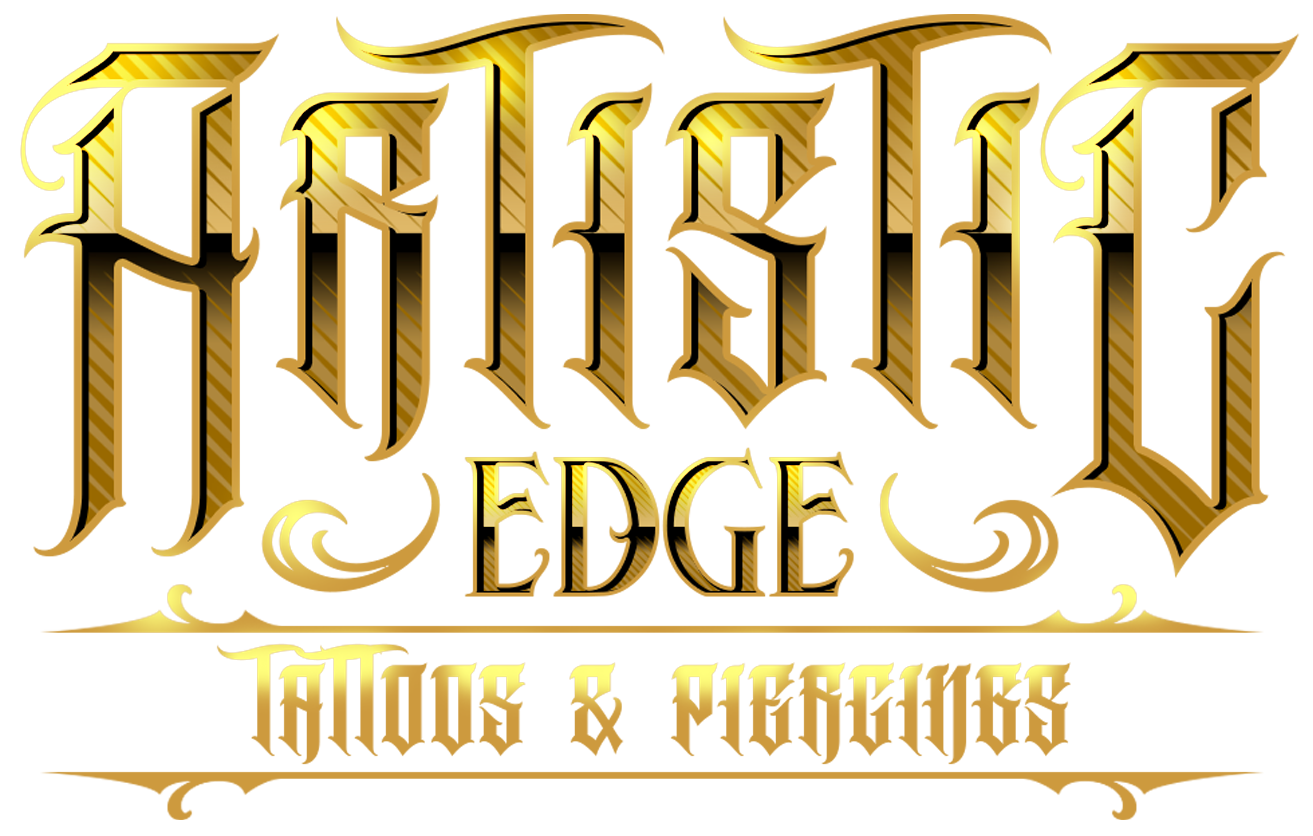Unveiling the Artistic Tapestry: Exploring the Different Styles within the Tattoo Industry
Tattoos have transcended their traditional roots and become a mainstream form of self-expression. In today's diverse tattoo industry, an extensive array of styles allows individuals to choose a design that reflects their personality, passions, and artistic preferences. Each style possesses its own unique characteristics, cultural influences, and techniques, forming an artistic tapestry that captures the imagination of both tattoo enthusiasts and artists alike. Join us on a journey as we delve into the captivating world of tattoo styles, where creativity knows no bounds.
Traditional or Old School Style:
Kicking off our exploration is the Traditional or Old School style, which harks back to the roots of modern tattooing. Known for its bold, vibrant colors and iconic designs, this style is characterized by thick outlines, limited shading, and a timeless appeal. Nautical themes, anchors, roses, and swallows are some popular motifs within this classic style that has withstood the test of time.
Realism or Portrait Style:
In the pursuit of capturing life-like images on the skin, Realism or Portrait style artists demonstrate their remarkable talent and precision. This style aims to replicate the finest details, resulting in stunning portraits or intricate depictions of animals, nature, or even beloved celebrities. By employing shading, highlights, and meticulous attention to detail, these artists create tattoos that can truly resemble a work of art.
Watercolor Style:
For those seeking a more whimsical and abstract approach to tattooing, the Watercolor style offers a breath of fresh air. Inspired by the fluidity and vibrant pigments of watercolor paintings, this style incorporates soft edges, blurred lines, and a vibrant color palette that seemingly blends and bleeds into the skin. Watercolor tattoos often depict ethereal landscapes, dreamlike animals, or abstract compositions, making each piece a unique and captivating creation.
Neo-Traditional Style:
Drawing from the foundation of the Traditional style, Neo-Traditional artists infuse their work with a contemporary twist. This style boasts more intricate detailing, a wider color palette, and a fusion of traditional elements with modern design elements. Neo-Traditional tattoos often feature elaborate linework, ornate patterns, and a heightened sense of realism. With its striking visual impact and versatility, this style has gained considerable popularity in recent years.
Japanese or Irezumi Style:
Japanese or Irezumi style tattoos have a rich cultural heritage that dates back centuries. Rooted in Japanese folklore, mythology, and traditional art forms, these tattoos showcase intricate designs, symbolic imagery, and bold color schemes. Often featuring iconic motifs such as dragons, koi fish, geishas, and cherry blossoms, Japanese tattoos embody deep meanings and tell captivating stories.
Blackwork or Dotwork Style:
Simplicity meets complexity in the Blackwork or Dotwork style, where artists employ intricate patterns and shading using only black ink. By meticulously applying thousands of tiny dots or solid black areas, they create stunning geometric designs, mandalas, or intricate ornamental pieces. This style embraces minimalism while allowing for endless possibilities in terms of complexity and visual impact.
Conclusion:
The tattoo industry is a thriving ecosystem of creativity, diversity, and artistic expression. From the bold lines of Traditional style to the ethereal beauty of Watercolor tattoos, each style within the tattoo industry represents a unique approach to transforming skin into a living canvas. The artistry, skill, and imagination of tattoo artists continue to push boundaries and redefine what is possible in the realm of body art. Whether you lean towards timeless classics or experimental contemporary designs, there is a tattoo style that speaks to your individuality, enabling you to wear your story on your skin with pride.
